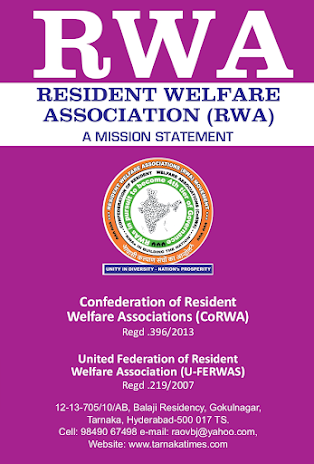Dr.Rao VBJ Chelikani
The District Collector has been the most significant precursor of the whole Indian administrative system.
In the Mughal period, the equivalent post in the capital cities was that of the Kotwal, Munsab being under him. It was a glamorous job during the British rule for which the youth from the aristocratic British families came after passing tough competitive examinations in London, and most of them possessed an innate taste for adventure and robust curiosity. They rode miles and miles on horse-back and camped in far off and remote places so as to discover the entire region and to form it into a one single viable administrative unit. Further, one blessing in disguise was that the colonial rule suppressed all internal internecine quarrels and fights among the small tribal chieftains and kings and taught about the virtues of unity. They discovered India’s buried past, its historical events, its languages, its heroes, etc. with passion. They were, of course, known for their pompous and lordly lifestyles, modeled by the vice-regal pomp and pageantry in New Delhi.
After independence also, the Collector continued to be a local ‘satrap’, an all-mighty head over all departmental heads in the district. He continues to be called ‘collector’, even though he collects nothing and spends a lot. S/he is over-burdened with having to preside over more than 200 committees at the rate of 3 to 4 for each department. And there is no scope and practice of delegation of power to his or her sub-ordinates.
The Collector’s post needs to be, radically, de-glamourised so that people do not look at it with awe as the power-center, which is the case in the rural districts now.
i) While appreciating his role in the pre-independent India, now, s/he need not, any more, exercise authority to consolidate the area and establish law and order. Hence, he should not be more powerful than the elected person at the Zilla Parishad under the Panchayati Raj. At present, along with the Collector, the MLAs and the MPs are over-whelming the local bodies with their dominating role and this fact alone is preventing the growth of genuine non-political local leadership. The post needs to be, radically, de-glamourised so that people do not look at it with awe as the power-center, which is the case in the rural districts now. However, in several remote districts in the border areas and in other troubled-spots, there is still a definite role for him to act as governor’s or even president’s resident representative and not as a departmental head. More than the re-organisation of the states, it is the re-organisation of the districts and multiplying them by four times for administrative viability, cutting across the present state borders that remains the real challenge before the Indian polity.
ii).One way to efface this symbol of concentrated power, is to make every departmental head, by rotation the district collector, in order to coordinate with the local bodies. He can be called Chief Administrator or Chief Executive or District Coordinator. Since coordination is a managerial function, such a person can also be recruited from the open market, somebody who has been successful in resource-management and development. The most moderate alternative is to appoint some manager who has worked in a profitable public undertaking. A chief minister of a newly-formed state found it desirable to multiply the number of districts into smaller units which is good. Then, he felt obliged to appoint a collector as a boss for each district. Nonetheless, he started appointing experts from Centre for Good Governance and from UNICEF to assist the collector in monitoring various indicators of Human Development Index. Instead of accumulating the jobs, an ‘ad hoc’ District Electoral Officer of ‘non-state’ cadre should be additionally appointed on occasions by the Chief Electoral Officer, who himself should be from the no-state cadre.
One way to efface this symbol of concentrated power, is to make every departmental head, by rotation the district collector, in order to coordinate with the local bodies. He can be called Chief Administrator or Chief Executive or District Coordinator.
iii). Third-Tier of Governance: Further, since the 73 and 74 Amendments to our Constitution, many of the functions, functionaries and funds have to be transferred to the local bodies and instead of doing that, in most of the states, the state departments still carry out those functions. The state government arranges to have local committees formed with partymen, outside the local elected members. If this constitutional mandate of devolution is scrupulously implemented by the states, as every Finance Commission demands, then, probably, there would be no need to maintain the ‘historic’ and mammoth revenue department with Revenue Inspectors, Tehsildars, Revenue Divisional Officers, Sub-Collectors, Joint Collectors and the Collectors. For executive and management staff in the local bodies, we might not need any recruitment by a centralised Public Service Commission, as it is a wonderful opportunity to recruit them from the local market.
iv). In the long term, it might be superfluous to have, both elected political representatives as well as selected administrative personnel as two parallel bodies to attend to the same functions at the local level. In some US local bodies some officers are elected and in many European towns the Mayor acts as an executive head.







0 Comments